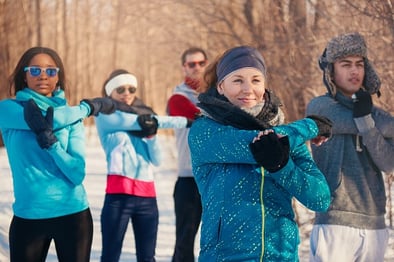 Even though I grew up in a northern snow belt along the Great Lakes, cold weather is not my thing. In fact, I really don’t like anything about it. And often along with the winter blues comes a decrease in health and fitness due to the lack of motivation. To counteract that feeling, let’s look at ten tips that can help you be healthier this winter.
Even though I grew up in a northern snow belt along the Great Lakes, cold weather is not my thing. In fact, I really don’t like anything about it. And often along with the winter blues comes a decrease in health and fitness due to the lack of motivation. To counteract that feeling, let’s look at ten tips that can help you be healthier this winter.
- Work out. I know it’s easy to lose motivation to keep working out when it’s cold out, it’s dark by 5, and you have to put on your snow boots and warm up the car before going to the gym. But working out actually helps to build your immune system and keep you healthy. So make sure that you build those workouts into your schedule.
- Eat well. It’s important to make sure that you stick to clean eating, especially through the holidays. All the additional sweets, snacks, drinks, and other goodies that come with the holidays are sometimes hard to resist; do your best to stay focused on your goals.
- Drink lots of water. Being sure that you have proper hydration is always important regardless of the time of year. Carry around a water bottle everywhere you go and make sure you keep drinking.
- Cover your head in outdoor workouts. If you do decide to work out outdoors, be sure to wear a hat or something to cover your ears. Making sure you stay warm and don’t catch a cold will be vital to your winter wellness success. (Here are some more tips for dressing warmly for winter workouts.)
- Get some sun if possible. Studies show that getting your vitamin D is essential. If you can dress appropriately, try to get outside on a nice day or plan that beach vacation during the cold winter months.
- Wash your hands. I know this is the standard thing you see in every public bathroom or on the back of the stall doors. But for real, wash your hands to help prevent you from getting the flu or other illnesses going around. Catching something could really set you back in getting in your workouts and healthy eating.
- Set a goal for the spring. Have a goal in place as the winter months start so that you can keep it on the forefront as something to work toward.
- Get a trainer or workout buddy. There is no better time to treat yourself to some additional accountability. Hire a trainer for the winter months or find that accountability partner to keep you in check!
- Watch your intake. You must be mindful, especially around the holidays, of what you are taking into your body. Also, keep in mind that drinks add a lot of unwanted calories, so watch what enters the black hole!
- Join something. The options are endless…group exercise, HIT classes, group training, a training program of some sort, co-ed sports…the list can go on. Find something you like and sign up to keep you engaged.
Whatever emotions the winter months may bring you, use these tips to be successful with your winter fitness and wellness!
This blog was written by Amanda Bireline, Fitness Center Manager. To find out more about the NIFS bloggers, click here.


 It seems nearly impossible that the holidays have crept upon us already! And not just that, but those dreaded
It seems nearly impossible that the holidays have crept upon us already! And not just that, but those dreaded 
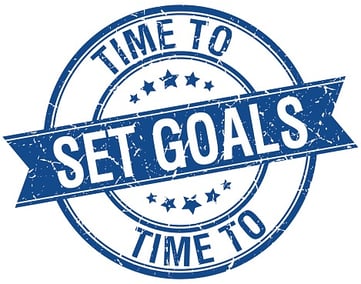 You hear it all the time: “Set your goals!” I can assure you that this will not be the last time you hear about
You hear it all the time: “Set your goals!” I can assure you that this will not be the last time you hear about 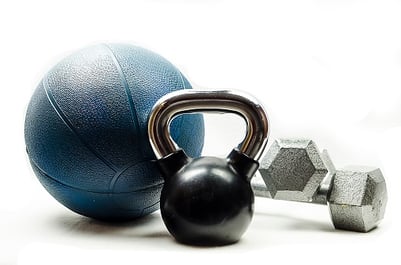 What would life be without mistakes? It would be pretty boring, if you ask me. Making mistakes is the best way to learn. One mistake that most people have made is arriving at the gym and thinking, “What am I going to do here today?” I know I have done this plenty of times. When this happens, your motivation for your workout might decrease because you may just end up picking something that doesn’t really light a fire under you.
What would life be without mistakes? It would be pretty boring, if you ask me. Making mistakes is the best way to learn. One mistake that most people have made is arriving at the gym and thinking, “What am I going to do here today?” I know I have done this plenty of times. When this happens, your motivation for your workout might decrease because you may just end up picking something that doesn’t really light a fire under you.  My fitness bucket list was created using
My fitness bucket list was created using 
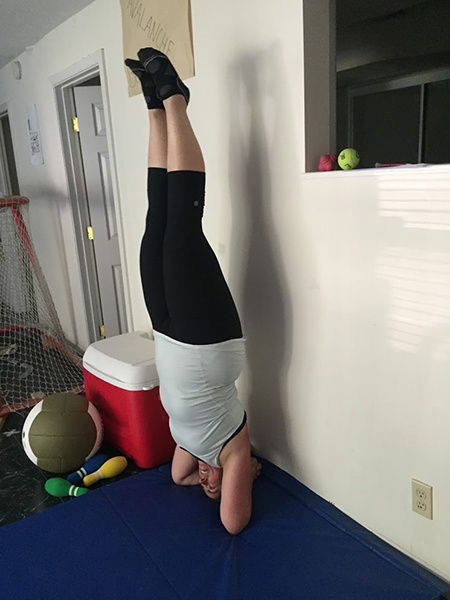 When I last left you in
When I last left you in 
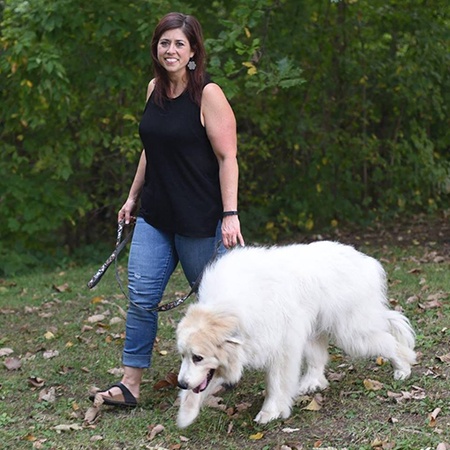

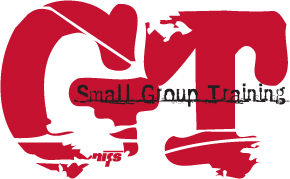



 I consider myself a
I consider myself a 